» Residential Home Wiring Diagrams
» Need Electrical Help? Ask the Electrician
How to Install Electric Snow and Ice Melting System
 |
Summary: Electric Heat Cables would be a great choice to control snow and ice on open walk ways and stairs.
© By: Dave Rongey |
Installing an electric snow melting system on an open stairway
This project will be to install a snow melting system to prevent snow and ice build up on open stairs leading up to a home.
Using an electrical snow melting system to prevent the build up of snow and ice will require some planning for the electrical circuit and control options that can make the system operate automatically.
I was surprised at how little it costs to operate a system like this considering all of the time and back aches it would prevent. Even more importantly is how a well planned out system will provide safe passageway or driveway for your friends and family.
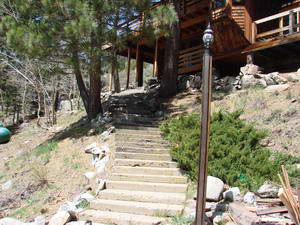 |
This open stair access could benefit greatly with the help of an electric snow melting system. |
 |
Snow and ice accumulations can be controlled with the help of an electric snow melting system. No need to worry about broken warm water pipe systems. |
 |
This is how the snow melt mats are pre-manufactured with 18 or 36 inch widths and lengths up to 60 feet. A dedicated electrical circuit will be required which would be sized to the specifications of the mat which is selected. |
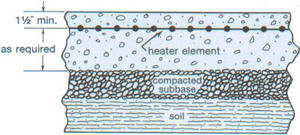 |
The electrical snow melt cables must be installed below 1-1/2 inches of concrete or asphalt to assure protection and produce optimal functionality. |
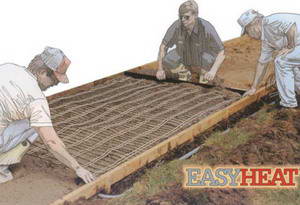 |
The installation is pretty straight forward once all the preparation is completed. |
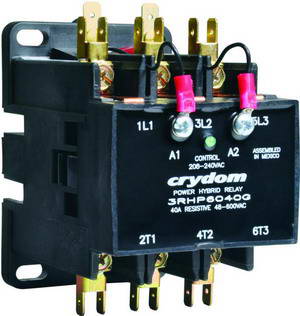 |
This control relay would be used to turn the snow melting system on from a control switch or another switching device. |
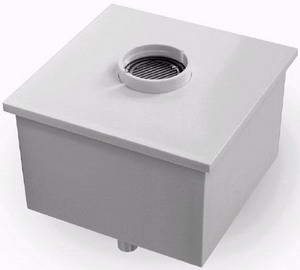 |
This optional Snow Switch can be added to automatically activate the control relay. |
The Safest Way to Test Electrical Devices and Identify Electric Wires!The Non-Contact Electrical TesterThis is a testing tool that I have had in my personal electrical tool pouch for years, and is the first test tool I grab to help identify electrical wiring. It is a Non-contact tester that I use to easily Detect Voltage in Cables, Cords, Circuit Breakers, Lighting Fixtures, Switches, Outlets and Wires. Simply insert the end of the tester into an outlet, lamp socket, or hold the end of the tester against the wire you wish to test. Very handy and easy to use.
The Quickest Way to Check for Faulty Electrical Wiring!The Plug-In Outlet TesterThis is the first tool I grab to troubleshoot a problem with outlet circuit wiring. This popular tester is also used by most inspectors to test for power and check the polarity of circuit wiring. It detects probable improper wiring conditions in standard 110-125 VAC outlets Provides 6 probable wiring conditions that are quick and easy to read for ultimate efficiency Lights indicate if wiring is correct and indicator light chart is included Tests standard 3-wire outlets UL Listed Light indicates if wiring is incorrect Very handy and easy to use.
Strip Off Wire Insulation without Nicking and Damaging the Electric Wire!The Wire Stripper and Wire CutterMy absolute favorite wire stripping tool that I have had in my personal electrical tool pouch for years, and this is the tool I use to safely strip electrical wires. This handy tool has multiple uses: The wire gauges are shown on the side of the tool so you know which slot to use for stripping insulation. The end of the tool can be used to grip and bend wire which is handy for attaching wire onto the screw terminals of switches and outlets.. The wire stripper will work on both solid and stranded wire. This tool is Very Handy and Easy to Use. |
||
Residential Electrical Parts and AccessoriesLight Switches 120volt Outlets Circuit Breakers Electrician Tools Voltage Testers |















